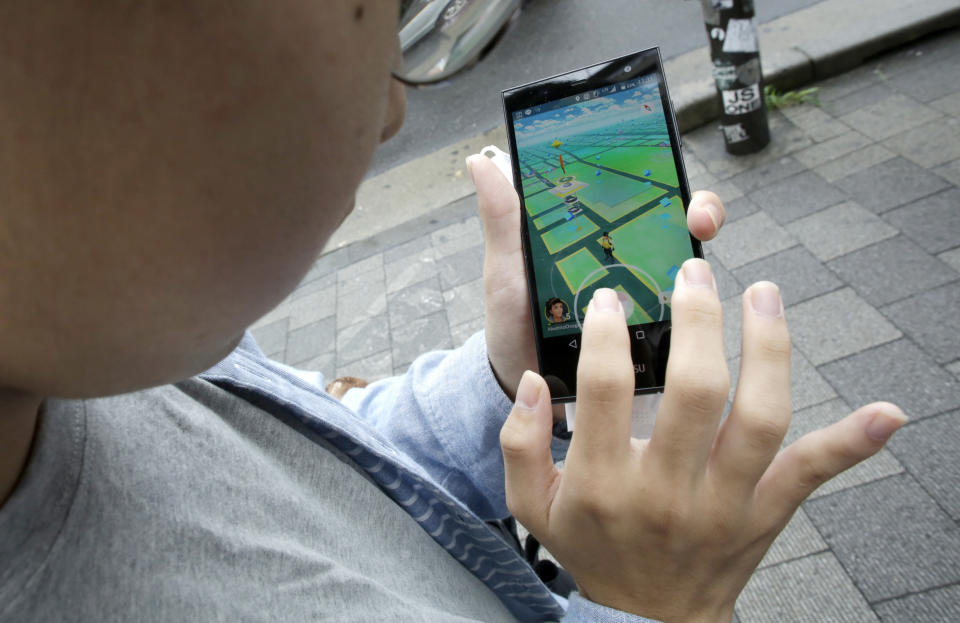Survey: One-third of consumers used tech as much or more after ‘digital detox’

“Digital detoxes” don’t necessarily work.
That’s according to a new survey out Wednesday from Saratoga, California-based startup Mojo Vision, which found that nearly one-third of consumers polled used tech as much, or even more, after attempting to limit usage of their devices.
Mojo Vision polled 1,000 consumers in the U.S. last September for their thoughts on a number of issues regarding people’s relationships with their devices.
While 67% of those surveyed agreed that technology makes our lives easier, 55% also expressed concern that devices have become a distraction. Indeed, the majority of people said a tech device interrupts their tasks at least six times a day. But beyond that, nearly one-third expressed concerns that tech is significantly hurting people’s ability to connect with one another.
“The instant access to information we enjoy today can also distract us from important things in our lives—from the relatively benign like checking email at dinner to the clearly dangerous, like texting while driving,” the report stated. “The very technology that was designed to improve communication is now often a barrier to meaningful connections.”
Taking a toll on users
Those findings shouldn’t be all that surprising. Teens, for instance, are being severely impacted by all that time on their devices, whether or not they want to admit it. They’re dating and socializing less, according to Jean Twenge’s 2017 book, “iGen: Why Today's Super-Connected Kids Are Growing Up Less Rebellious, More Tolerant, Less Happy — and Completely Unprepared for Adulthood — and What That Means for the Rest of Us.”
Instead, many teenagers prefer spending more time snapping selfies and sending emoji from home instead of socializing with their peers face-to-face. According to Twenge, 56% of high school teens surveyed went out on dates in 2015 — down from 85% for members of Generation X and Baby Boomers.
Even having our phones nearby can have negative consequences. Researchers at the University of Chicago published a report in April 2017 that found that of the 800 people they studied, those who performed best on a series of academic tests left their phones in another room. Those who performed significantly worse either kept their smartphones within eyesight or in their pockets.
Companies like Google (GOOG, GOOGL) and Apple (AAPL) introduced time management tools in their mobile operating systems last year to help users track how much time they’re spending on their devices using different apps.
When users worry they’re spending too much time on their smartphones or devices, they typically do one of four things, according to the Mojo Vision report: set them to send fewer notifications, put them on a “Do Not Disturb” setting, schedule times when they don’t use their devices, or turn off their devices for periods of time.
Less isn’t more
But abstaining from tech, partly or entirely, may not be the solution. According to the report, 54% of people surveyed said that “subtracting” tech from their lives didn’t create the positive effect they were looking for — or they were unsure whether it had any effect.
“The intent is that the ‘less-is-more’ approach will lead more people to look up from their devices, become more present in the moment, be less distracted when it’s most needed, and improve personal interactions,” the report says. “The problem is that people rely so much on technology and the positive changes it has brought, that ignoring or stifling that innovation is simply unrealistic.”
There isn’t a clear-cut solution, although Mojo Vision, an augmented reality startup with over $50 million in funding, suggests the smaller and less obtrusive devices eventually get, the more engaged people will be with each other.
“This future form factor effectively enables people to focus on what or who is around them without losing access to important information they may want or need,” the company’s report concludes.
Certainly, that’s a best-case scenario. Whether it comes to pass, remains to be seen.
Correction: This article originally stated that 54% of people surveyed said that subtracting tech from from their lives didn’t create the positive effect they were looking for. The article has been corrected to note that the statistic also includes those who were unsure of whether it had any effect.
More from JP:
